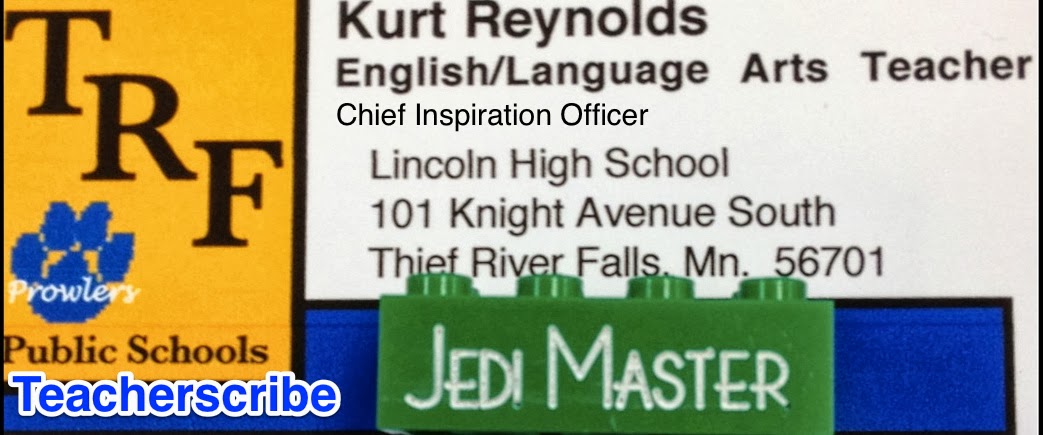And wonders never cease . . .
As I’m pulling my hair out with my fourth block Lit and Lang class, they never cease to amaze me.
My quest in reading The Jungle has been to take students from the familiar (our every day lives) to the strange (the world and language of The Jungle) and back to the familiar again (our every day lives and popular culture). My goal is to hopefully return them with a different view of that familiar world than what they had prior to the novel.
To help in this quest, I showed the film, Food Inc.,. I wasn’t sure how it would go over.
But the kids have been fascinated. To see how the select few meat producing companies (like Tyson chicken) was quite revealing. When you see a drawer pulled open and dozens of chicks inside and then put on conveyor belts and then checked by workers was most interesting.
The point was driven home - these are not animals; they are food. And that’s true. But not many students have thought of it like that. At least not on that large of a scale.
The students were also quite interested in the history of McDonald’s and how it changed the way Americans eat (and how our waist lines expand too).
The students were also interested in the growth of corn and the use of corn starch over the past 30 years.
The monopoly Monsanto has on the seed industry (especially soy beans).
How the sizes of chickens have grown over the past 50 years and how they have been engineered to have larger breasts because the American consumers want large white meat breasts in the supermarket.
I’m not sure that the film is completely true, but it certainly is interesting.
And quite similar to The Jungle. Sinclair’s book helped usher in the Food and Drug Administration. Maybe this film will help usher in more regulation of the fast food industry and giant food companies.
One must ask how else could we possibly feed the millions of people in this country so efficiently? Could we feed our country if we went back to the small town butchers and small farms again? Would we want to give up our convenient ways of life?
The film exploits all of the news stories on food recalls and salmonella outbreaks and so on.
But when you consider - as sad as this says - how few people are killed by this, it does not seem that bad. When students weigh that against the accounts of what went into the meat produced in The Jungle, losing one person out of a thousand to food poisoning, is nothing compared to the death rates of 150 years ago.
The director tries to call for a revolution, like we had with the tobacco industry. But there’s a catch: sure heat disease and obesity kill tens of thousands and food poisoning kills hundreds, but that doesn’t equate to the tobacco industry which kills (eventually) every one who lights up.
I won’t begin to say that eating at McDonald’s is anywhere as addictive as using tobacco. I mean you don’t have to eat there. It’s convenient and cheap, but drive by instead of pulling in.
I saw both parents struggle to quit (and eventually die from) smoking thanks to tobacco’s addictive properties.
So the crack down on tobacco is more than warranted. I’m not sure the same is true for the large food companies.
But it will certainly change how I view the food I eat. Which is the goal. I hope the same is true for my students . . . only not just for the foods they eat, but also their pursuit of the American Dream, how they value their families, and how they choose their careers.

No comments:
Post a Comment